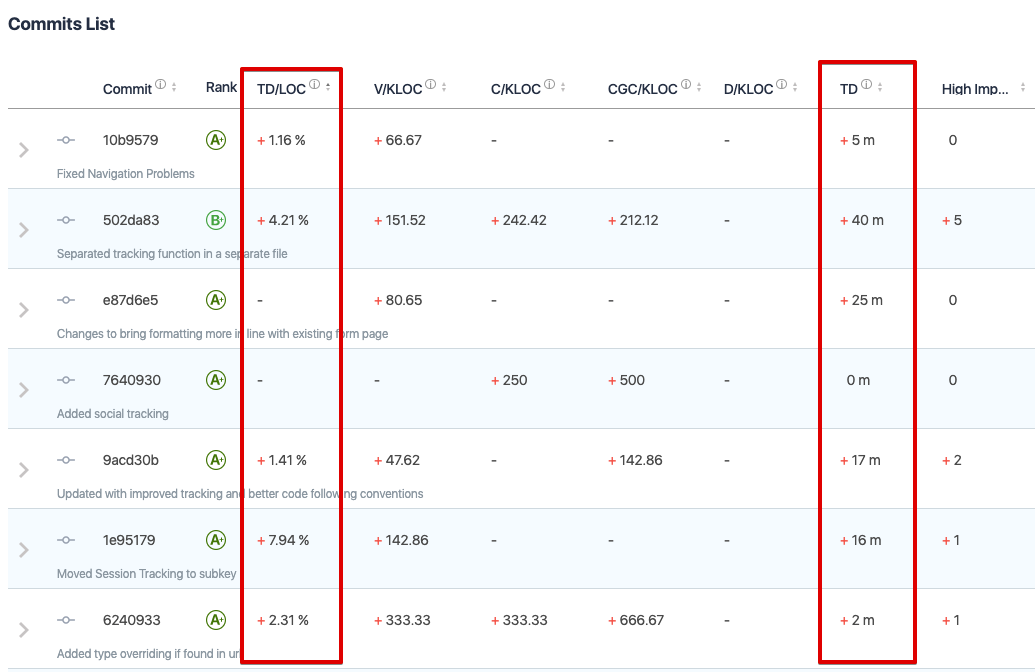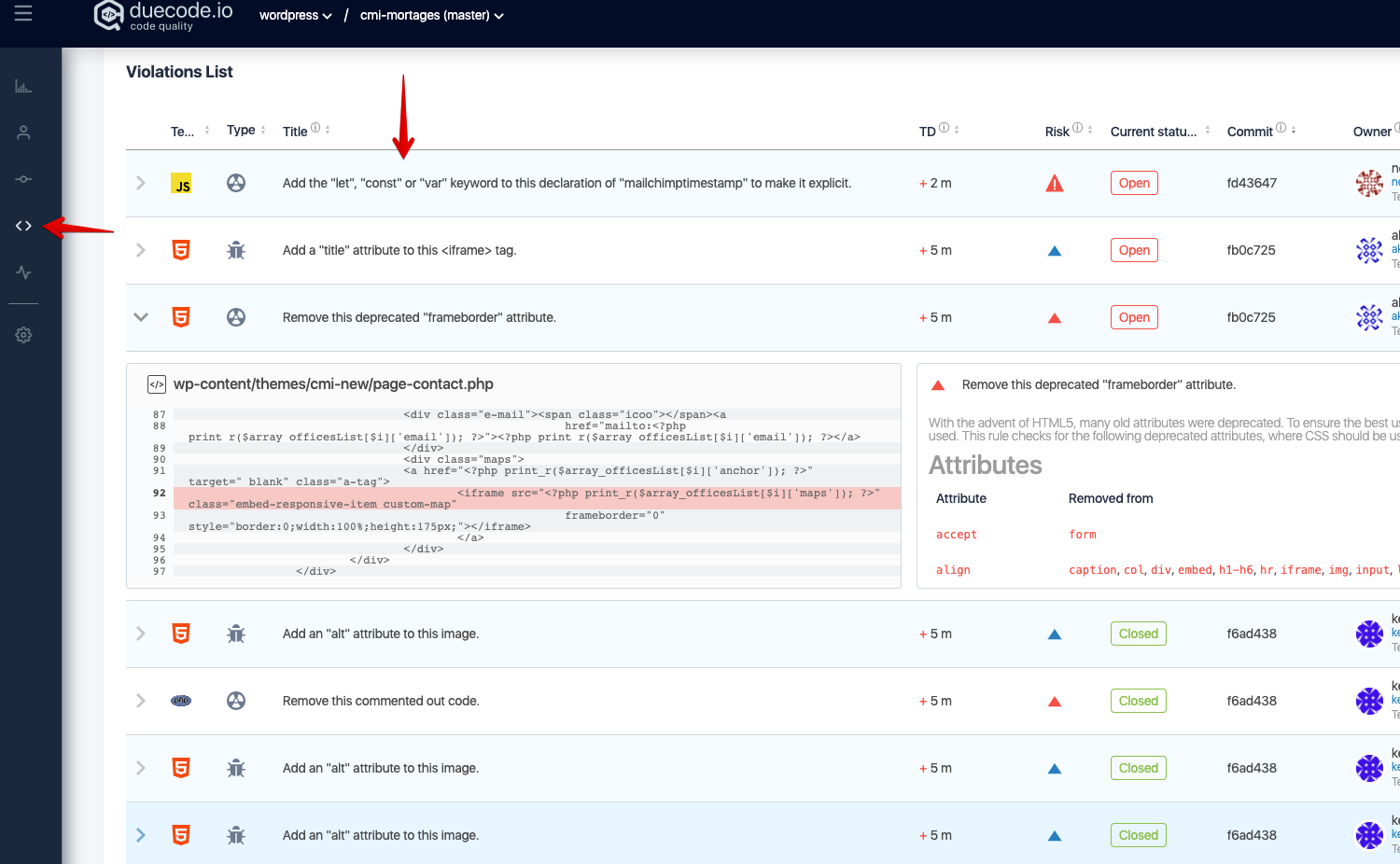How To Measure Technical Debt?
05 January 2021 5 min read

Audio Version Of This Article
If you had any experience in IT, you have probably heard of technical debt but when Product Management is something you are unfamiliar with, there’s a significant quantity of new things for you, especially if you’ve never been engaged with the IT industry.
If you’ve been closely linked with software development, you’re surely aware of this subject. But if you’ve come from a sales department or any other non-tech department, you might be confused.
I assume that this is the main reason why you have found this article! So let us dive you into the world of Technical Debt.
How can technical debt be defined? ‘Technical debt’(also known as tech debt or code debt) shows what happens when software engineering teams rely on straightforward solutions that can help to reach fast project delivery in the short-term; nevertheless, in the long-term, these approaches do not represent the best possible solution––thus causing technical debt.
Basically, Technical Debt is the expenses obtained by the Company because the software developers decided to build a software by choosing the shortcut, taking a simpler and faster way for on-time delivery rather than a detailed, advanced, and an excellent one. The Company incurs this cost at a later stage once the software has been developed. Therefore, it is a debt for the Company, which can be accounted for beforehand. It pays later debt that a Company has to pay in the long term to comply with the actual business requirements.
Now that you are familiar with the term Technical Debt, how can you measure it?
I’m sure you know the widespread quote: “You can’t fix it if you can’t measure it.” Before we pay Technical Debt, we need first to measure the present status of tasks. It is almost impossible for software engineers to measure technical debt manually. Acting this way will require us diving into the codebase and detecting all possible bugs, and, after all, estimating every possible issue gradually. This is inefficient and impossible at the same time to figure each evolving problem. valid

Track your tech debt
One of the most important things for developers is to track the tech debt initially with a valid approach and not take it casually. If it’s not attended on schedule, it might cause huge losses for the Company at a later stage. Various tools are available on the market that may be applied to evaluate T.D.. Using them can help companies to manage the debt with other existing debts. This way, you can establish the priority of T.D. and work in a well-functioned way.
Types of technical debt
Now that we have understood the term "Technical debt," let us know more about its various types.
1. Known debt:
Sometimes, developers are well aware that they will incur technical debt later. This won't be a surprising claim for them since it was anticipated and designed in advance to meet fast delivery timelines. This is not necessarily bad debt, though, until it is adequately monitored and controlled.
2. Unknown debt:
While the product is developed, it might happen that it was built efficiently, but due to some bugs and errors in the code, technical debt occurs. This wasn't known at the time the product was created. Therefore it is unknown debt since it wasn't anticipated before.
3. Inevitable debt:
There are various challenges that a developer undertakes while delivering a project as expected. However, code could become outdated, or third-party systems are used, and such systems crash or are not upgraded on time. These factors lead to technical debt, which is inevitable so that the elements are not in control of developers.
Following are the simple steps that we can use to measure Technical Debt
Number 1 - Measure Technical-Debt Ratio (“TDR”)
There are various available tools to evaluate the ratio of technical debt such as duecode.io, JShint, CodeClimate, and Checkstyle can be very helpful in calculating technical debt and figuring out your technical debt ratio.
TDR is the proportion between the price you pay to adjust your software vs. the price you pay assemble a new one, and can be defined by the formula:
Technical Debt Ratio = (Remediation Cost / Development Cost) x 100%
TDR is essential because it shows you the time you have to spend to transform spaghetti code into well-written code.

Number 2 - Determine when it should be paid
The company’s management and technical leaders should define a suitable grade for when to pay the technical debt. Every business follows an acceptable grade of debt according to its business accounting. Technical Debt has to be evaluated to define the appropriate payback time.
Number 3 - Prioritize your debt
It is crucial to understand which debt is most essential to eliminate first in terms of what will increase efficiency and raise the quality of code. The focus should be on the top priority elements by exploiting the opportunities as for the previous steps.
Technical Debt. Real Life Example
In duecode, we use metrics like Technical Debt and Technical Debt per Line of Code.
Technical Debt. An effort that is necessary to fix all code issues.
Measured in minutes, hours, and days (1 day = 8 hours).
Technical Debt per Line of Code. The number of the technical Debt attributed to the code normalized to the number of Lines of Code. The lower value is better. A positive dynamic is for the value to decline over time. Technical Debt is the burden of technical imperfection found in the code. It's the main value to compare developers and projects.
Sign in to your duecode account and go to Commits. Here you will find these metrics, and you can analyze every single commit.

To find all violations that are causing Technical Debt, go to the Violations page.

Don't have a duecode account? Sign up now and give it a try. It's free.
In Summary
It is quite usual and expected for most IT businesses to have Technical Debt. Measuring and monitoring technical debt may appear to be burdensome, but if you leave it unattended and untracked, it is going to constantly influence the quality of your product. Therefore, it is necessary to give technical debt transparency and measurability so that both business and software engineers can work proactively and keep it under control.
Remember, keeping Technical Debt overlooked will cost more money than reducing it.
Related content
- What is Technical Debt?
- How To Reduce Technical Debt
- What does Technical Debt Look Like?
Updated on October 12, 2021





